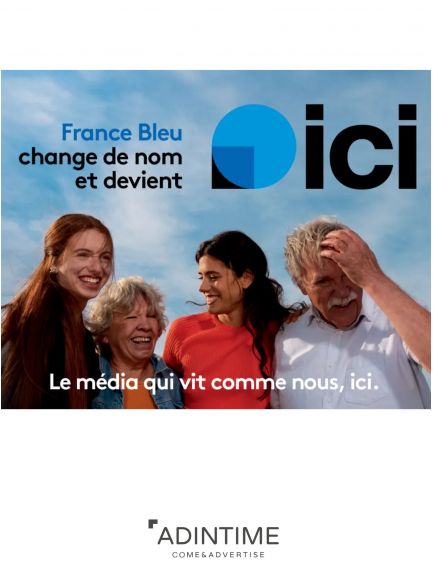Aucun dispositif sélectionné
Choisissez un dispositif sur la carte pour voir ses détails et l'ajouter à votre sélection.
Légende :
Long-term
Temporary
Selected
Radio Advertising
Audio Advertising
Radio Advertising
From
excl. tax
Answer within 48h
Radio Advertising
From
excl. tax
Answer within 48h
Radio Advertising
From
excl. tax
Answer within 48h
Radio Advertising
From
excl. tax
Answer within 48h
Radio Advertising
From
excl. tax
Answer within 48h
Filtre






